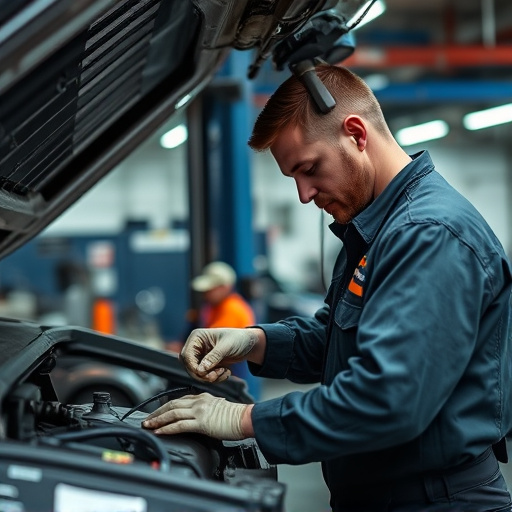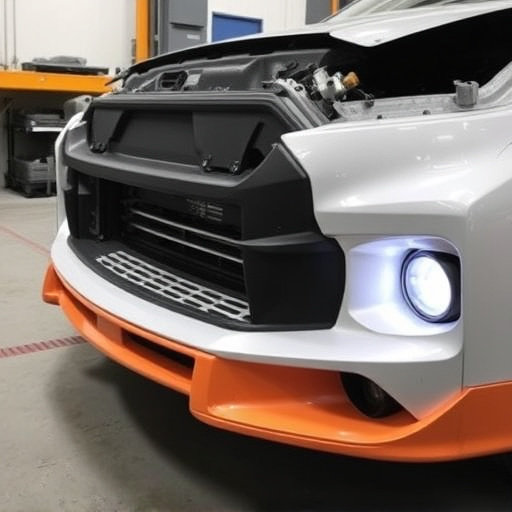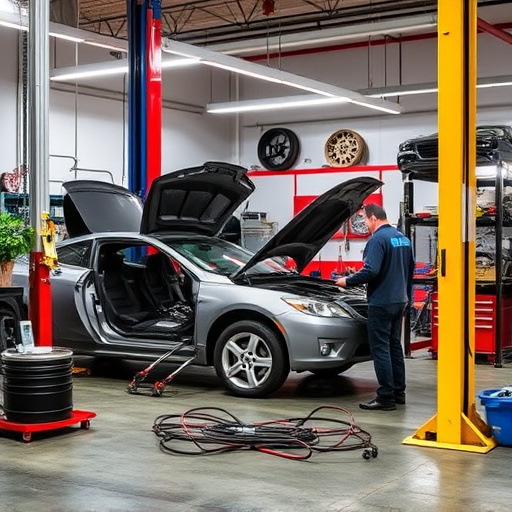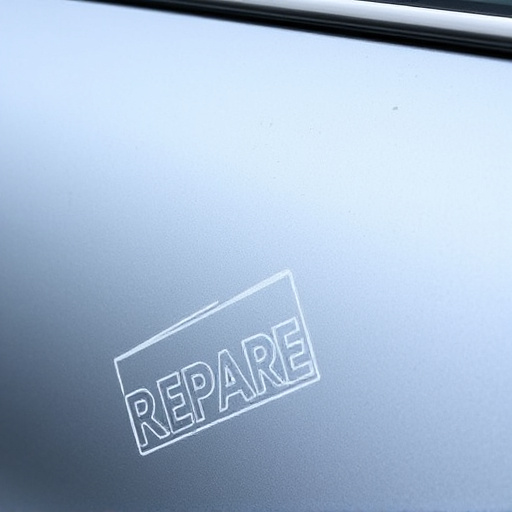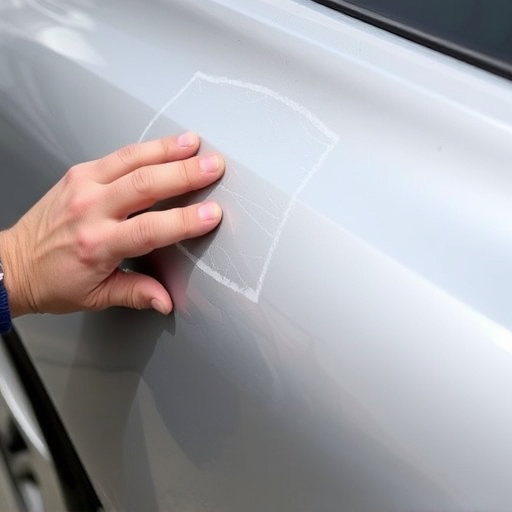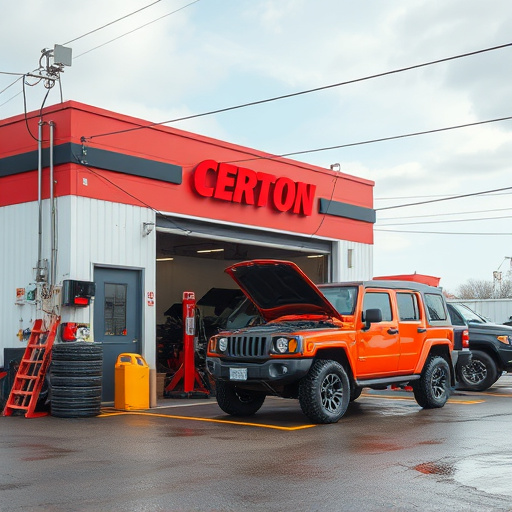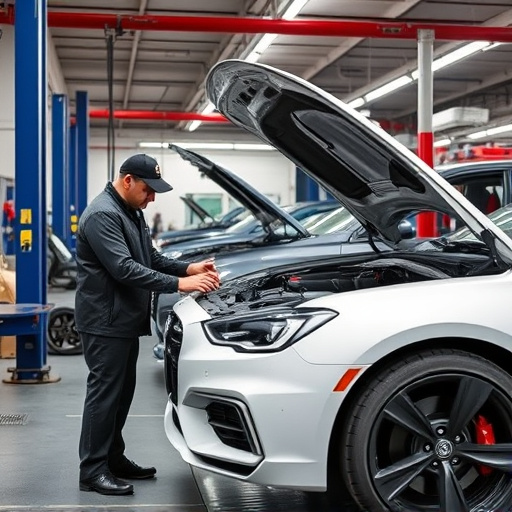Accident repair estimates serve as essential tools for fairness and transparency in vehicle restoration. Stakeholders—insurers, shops, and policyholders—must understand these estimates to resolve discrepancies and avoid unexpected costs. Clear communication about labor, parts, and fees is key in competitive markets, fostering goodwill and streamlining dispute resolution. Transparent estimates build trust with clients, managing expectations and enhancing the customer experience, encouraging repeat business for future accident repairs.
Handling disputes over accident repair estimates can be a delicate matter. This article guides you through understanding the complexities of these estimates, balancing customer needs and shop profits, and fostering trust through transparent communication. Learn effective strategies for mediating disputes, ensuring fairness in the process. By delving into these key areas, you’ll gain insights to navigate challenges and provide satisfying outcomes for all parties involved—from customers to repair shops—in accident repair estimate scenarios.
- Understanding Accident Repair Estimates: A Foundation for Fairness
- Balancing Customer Needs and Shop Profits: Strategies for Mediating Disputes
- Transparent Communication: Building Trust Through Estimation Transparency
Understanding Accident Repair Estimates: A Foundation for Fairness

Accident repair estimates serve as a critical bridge between the immediate aftermath of a collision and the restoration process. They provide a clear financial framework, outlining the scope of work required to return vehicles to their pre-accident condition. Understanding these estimates is essential for all parties involved—insurers, auto body shops, and policyholders—to ensure fairness throughout the car collision repair journey.
By delving into the specifics of an accident repair estimate, stakeholders gain insight into the labor, parts, and materials needed for car body restoration. This knowledge enables informed discussions about potential discrepancies, ensuring that no one is left with unexpected or unfair costs. Fairness in auto body shop transactions fosters trust and facilitates a seamless process for all, ultimately contributing to the overall efficiency of managing and resolving accident-related damages.
Balancing Customer Needs and Shop Profits: Strategies for Mediating Disputes

When mediating disputes over accident repair estimates, a delicate balance must be struck between meeting customer needs and ensuring shop profits. Customers often expect transparent pricing, while repair shops aim to cover costs and earn a profit. Striking this balance is crucial for maintaining a positive reputation in the industry, particularly in competitive markets where fleet repair services and hail damage repair are common.
One effective strategy involves clear communication and education. Repair shops should explain their estimate process, outlining labor rates, part costs, and any potential additional fees. Customers should be encouraged to ask questions, ensuring they understand the pricing structure. For complex repairs like bumper repair, providing detailed breakdowns can help alleviate concerns. Additionally, offering flexible payment options or working out alternative arrangements can foster goodwill, making it easier to resolve disputes amicably without resorting to lengthy negotiations or legal action.
Transparent Communication: Building Trust Through Estimation Transparency

In the world of accident repairs, transparent communication is a cornerstone of building trust with clients. When providing estimates for vehicle repair, including dent repair and paintless dent repair services, it’s crucial to be clear and open about every aspect of the process. This means explaining in simple terms what’s involved in fixing each identified issue, why certain methods are recommended over others, and what costs are associated with each step. By fostering this level of transparency, repair shops can ensure clients understand their options and feel heard.
A key benefit of transparent communication is it helps to manage expectations. Clients will know exactly what to expect from the repair process, including any potential delays or additional charges that might arise. This reduces frustration and confusion down the line. Furthermore, when customers feel they’ve been given accurate and honest information about their vehicle’s repair needs, they’re more likely to view the repair shop as a reliable partner, enhancing the overall customer experience and encouraging repeat business for future accident repairs.
Handling disputes over accident repair estimates fairly requires a balanced approach that respects both customer needs and shop profits. By fostering transparent communication, repair shops can build trust with clients, ensuring everyone understands the cost justification behind each estimate. Implementing strategies that mediate disputes effectively enables businesses to maintain positive relationships while upholding fairness in the estimation process, ultimately promoting customer satisfaction and loyalty within the accident repair industry.

